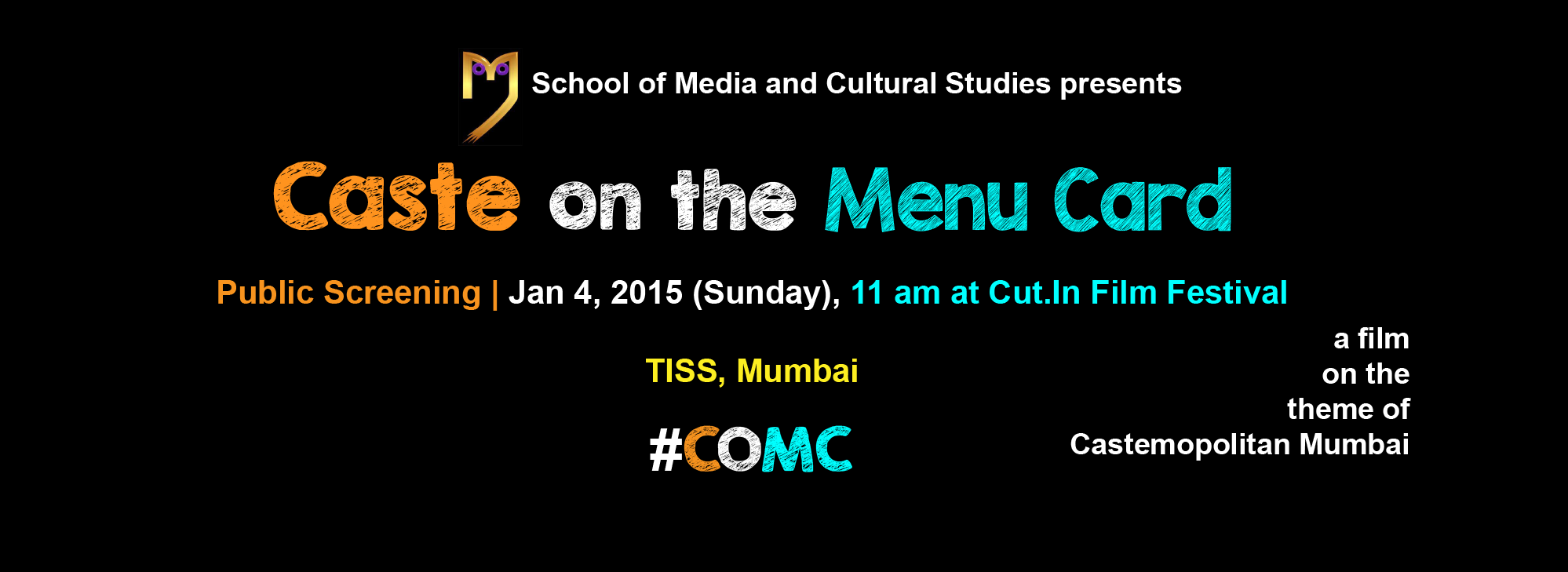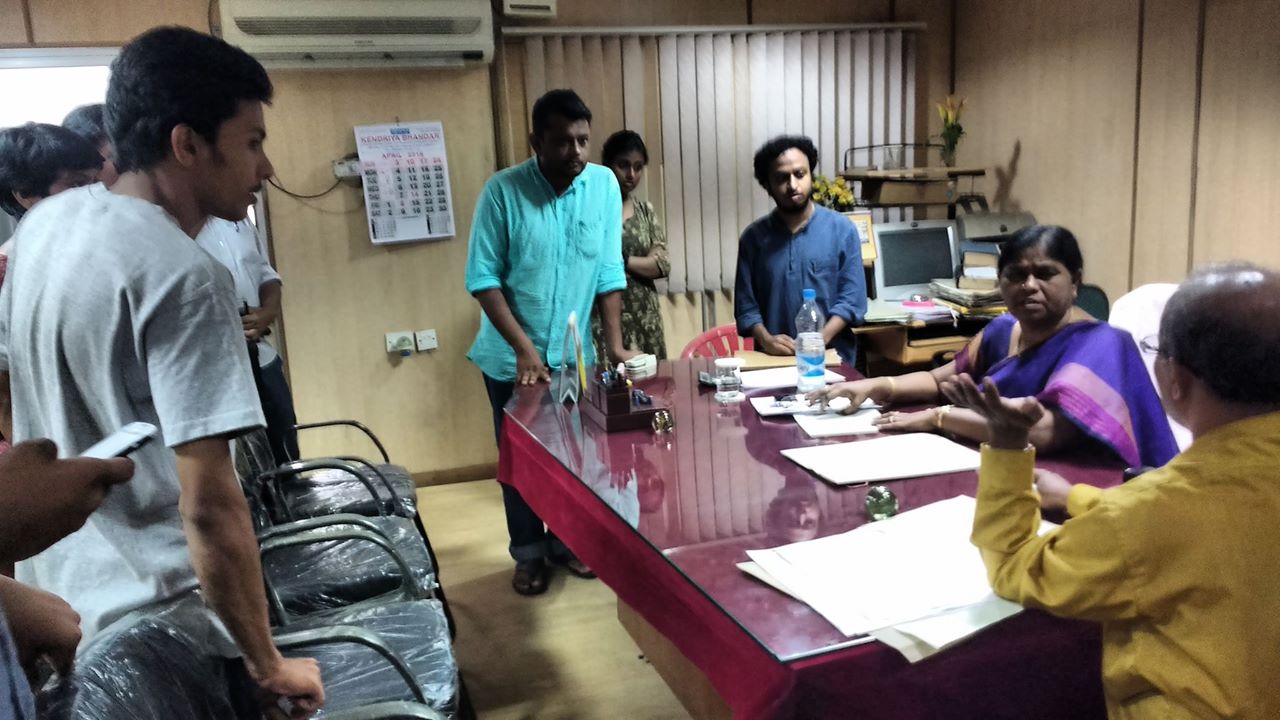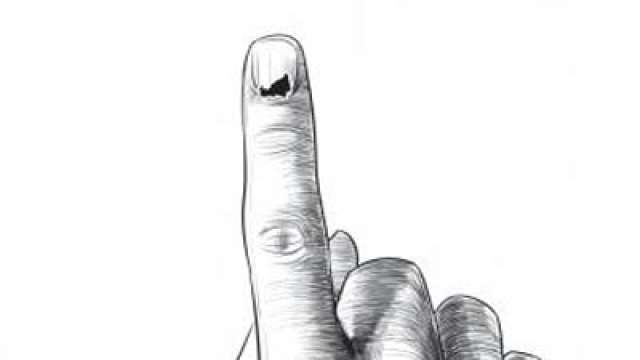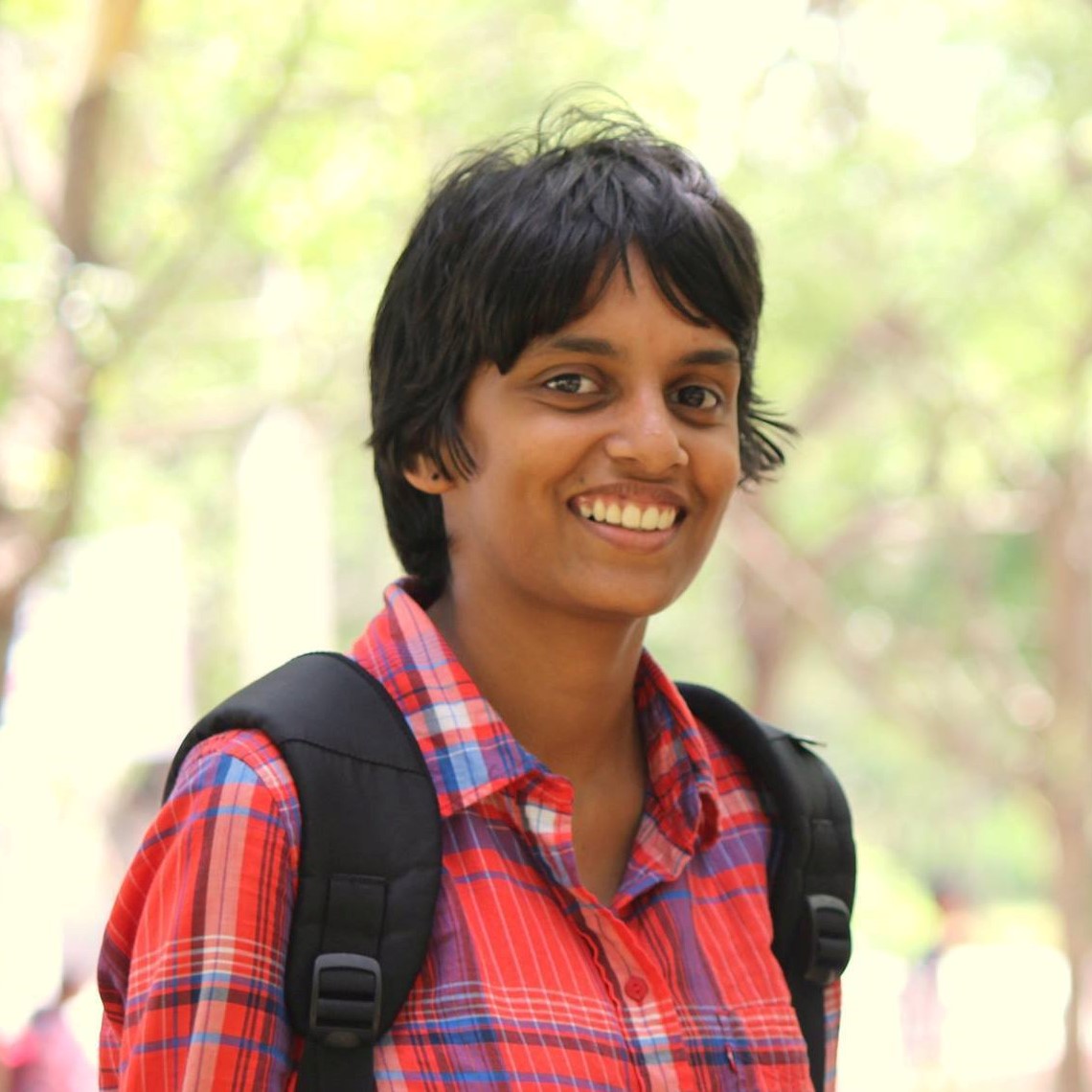Yogita Naruka
Review: Caste on the Menu Card (2014) | 21 min
The documentary film Caste on the Menu Card (2014) starts with the embeddedness and pervasiveness of caste in social life. At the outset, I feel it is important to highlight that the documentary film is significant not just because it revolves around the social enigma of caste, but because it explores the question of caste in the domain of food and eating practices which are largely considered as ‘personal choices’ and barely analysed from the lens of caste and caste based inequalities.

In the mainstream discourse on caste, inequalities are largely analysed in the institutional framework. “Food” is seldom looked at from the lens of caste. But in recent years, food politics has emerged as an area of debate and discussion.
Interestingly, this debate of food politics has emerged intensively in the academic institutions where dalit and tribal student groups have raised the issue of food as the assertion of their rights. The movie in particular does not restrict itself to academic institutions and tries to look at this debate in wider public places and restaurants.
It focuses on the debate of food in a very specific way around the inclusion/serving of items like beef and pork in restaurants, hotels, campus canteens and dining halls. It makes an attempt to analyse the choices that people make when it comes to eating/serving items like beef and pork, how are these choices determined by the caste, religion and ethnic groups to which they belong and how religious texts and historical practices have dealt with the question of eating beef and pork.
The movie features professors from universities of Mumbai and Pune and other experts in analysing this subject who have deliberated on this topic strongly through arguments emerging from scrutiny of religious texts as well as commercial practices of eating and using beef in particular. Enriching insights from these experts try to raise questions regarding influence of dominating caste based practices in determining eating preferences, especially in case of beef and pork. The movie tries to make an argument for treating edible items as food and dissociating them from any religious, caste based and ethnic identities.
A fascinating part of the movie is its focus on the emerging food politics in academic institutions and the debates over inclusion of beef and pork in campus canteens and dining hall menu. Student groups from various ethnic backgrounds and Dalit-Bahujan students have been pushing for inclusion of these items as a mark of assertion of their identities and equal rights. This has been happening across universities and has been sparking intense debates on lines of caste, religion and ethnicity.

Domination of only specific non-vegetarian food items which are considered as basic minimum for nutrition has been argued as the consistent domination of upper caste in the mainstream discourse on food. An attempt by students to break this domination and assert their identities has emerged with combined demand for inclusive food eating forums.
Food festivals and academic debates on inclusion of beef and pork in campuses have been seen in universities which have met with strong resistance and opposition from dominant caste groups. The documentary tries to touch upon these elements of food politics emerging in academic institutions by bringing in views from students who have been witnessing this.
This documentary film explores the question of food politics from various angles. The views in the movie are largely towards inclusion of beef and the question of pork has not been dealt with extensively. It is significant as the debate of food politics remains not just incomplete without talking about pork but it also prevents bringing newer shades to the existing debate. This debate has been shaping itself in much complex ways and strong arguments keep on emerging from people taking up different ideologies. The subject the documentary focuses on has been treated quite extensively in the short duration of around 20 minutes.
~
Synopsis
Caste on the Menu Card (2014)| 21 min
Group 6 Members: Ananyaa Gaur, Anurup Khillare, Atul Anand, Reetika Revathy Subramanian and Vaseem Chaudhary
The film delves into the idea of food as a site of exclusion by focusing on beef-eating practices in Mumbai. It attempts to portray the prevalence of caste differentiations as seen in the food choices of people in the city and touches upon concerns related to livelihood, social inclusion and human rights.
By tracing the mythological and historical roots of the meat-eating culture in our country, the film discusses the hierarchy maintained by Brahminical preferences and its intended subversions. This is seen in the stand taken on dealing with the political economy of the leather and meat industries.
The film also follows the ruptured background of universities’ caste politics over the demand of inclusion of beef in institutions. It observes that many restaurants in Mumbai offer beef delicacies, but off the menu.
Thus, the film reads ‘Caste on the Menu Card’.
{youtube}tcaewYxt73I{/youtube}
~~~
Yogita Naruka is a research scholar at Tata Institute of Social Sciences, Mumbai.










